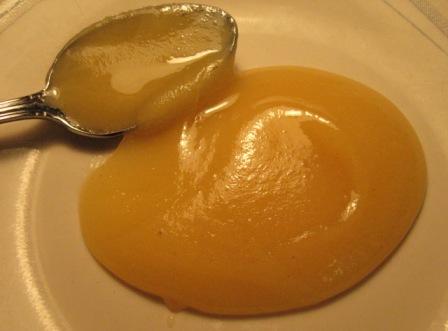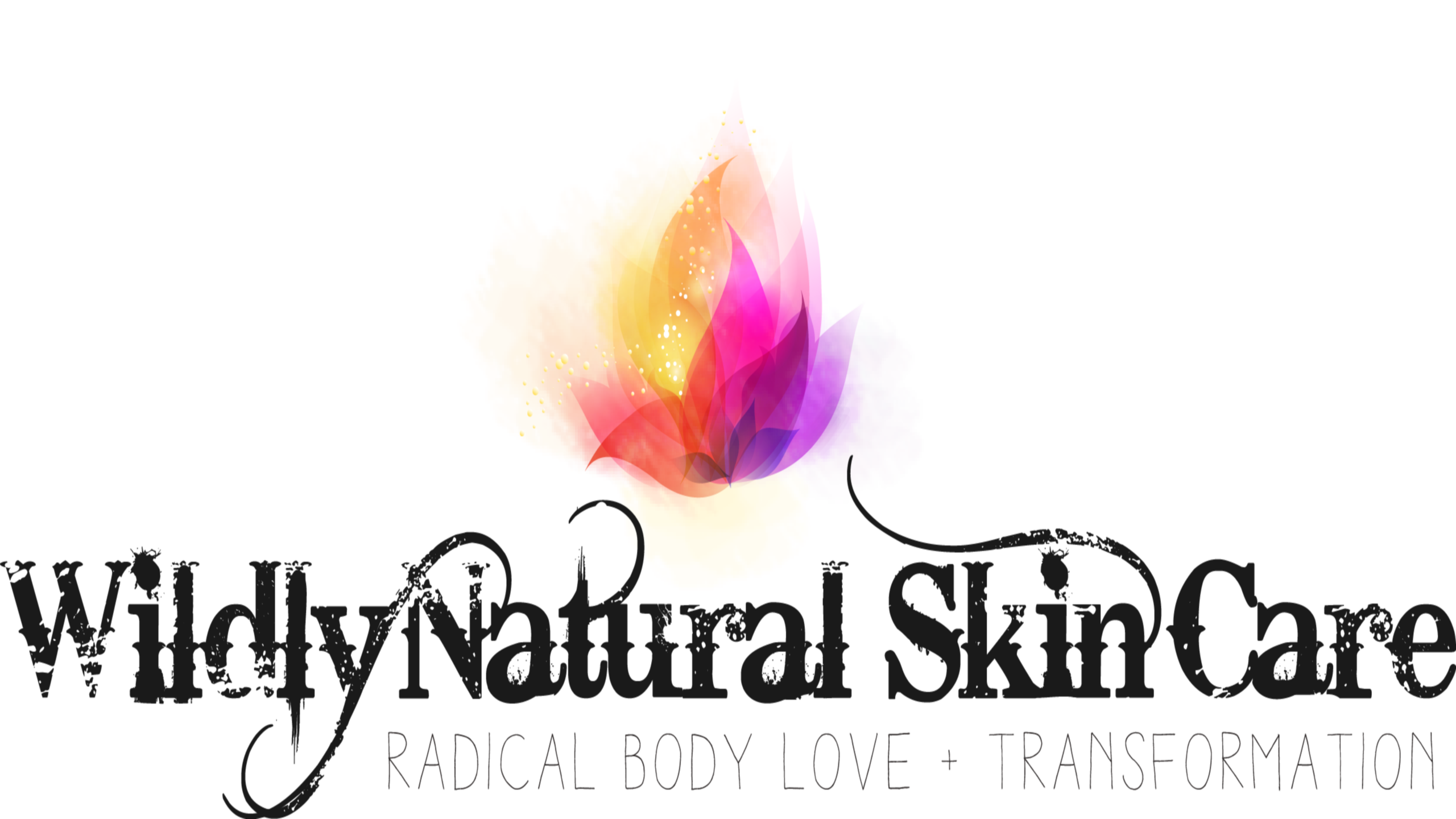 A homemade or purchased honey cleanser will soften your skin and pull out impurities. Good for all skin types, honey is moisturizing as well as cleansing.
A homemade or purchased honey cleanser will soften your skin and pull out impurities. Good for all skin types, honey is moisturizing as well as cleansing.
It has been used for at least 4000 years in skin care. I really enjoy using honey in both raw whole and powdered forms as cleansers and masks.
Traditional knowledge is one of my guiding sources. Why? Because in many aspects, ancient people were more conscious of their connection to the Earth and our synergistic relationship. This is all knowledge still available to us and using natural skin care is one way to open up that relationship.
Honey has been used since ancient times for wound healing. Its properties include cleansing, acting as an antimicrobial agent, and promoting cell growth/repair. It is highly regarded in Ayurvedic medicine. Cleopatra used milk and honey baths with frequency to preserve her youthful skin. The Greeks used it to treat all manner of skin disorders. And in China, a blend of honey and ground orange seeds is still used for the prevention of blemishes.
Check out my recipe for a soothing honey cleanser using powdered milk and honey. There are more recipes on using honey below…
You can also use honey straight! Just keep your hair back and apply the honey, making sure to completely cover the skin. There are special kinds of honey, like manuka, that have even more potent benefits. You can find those locally or there are many online to choose from.
I personally prefer raw honey, or if unavailable, local honey. Local honey has the additional benefit of exposing you to the local pollens in very small amounts, enough to potentially decrease immune response (allergies).
So What Does Honey Do for the Skin?
1) Honey is antibacterial. It is one food that never goes bad. Containing natural antioxidants and hydrogen peroxide leads to its antibacterial powers. The antibacterial activity is through honey’s ‘inhibine’ factor which turns into hydrogen peroxide.
2) It is an acne remedy. In addition to the antibacterial property, it is anti-inflammatory. Honey has been shown to kill Propionibacterium acnes, bacteria largely at play with acne conditions. It can be used directly on pimples as a spot treatment and mixed with yogurt as a mask for acne.
3) Skin softener – try it! Using a honey cleanser, you will notice a softening effect right away.
4) Water-attracting (also known as humectant), meaning your skin will be more moisturized using honey. It is a moisturizing agent making it particularly suited for dry skin.
5) Treats burns with remarkable effectiveness. It is soothing, stimulating and healing.
6) Increases circulation to skin, revealing new, brighter skin and increasing cell turnover.
7) Successfully used for the treatment of infected wounds. There are large variations of activity between various honeys so be sure to get the highest quality possible (raw and local or manuka). Honey even kills antibiotic-resistant strains!
8) It has a pulling ability – honey will pull dirt, oils, and residue out of the skin.

Honey Recipe and Uses
Traditional Honey Cleanser Recipe
Ingredients: Honey 1 teaspoon
Finely ground almonds 2 teaspoons
Lemon juice a few drops
Directions:
Mix ingredients together. Rub this mix gently into the skin and rinse with warm water.
Honey also mixes well with:
- Oils, including almond oil, olive oil and coconut oil
- Milk and yogurt
- Oats
- Fruits, including bananas, avocado and berries
- Complexion herbs such as rose, lavender, chamomile and green tea
Honey can be used as a simple cleanser or mixed with other ingredients for masks, baths and spot treatments. Be sure to buy the highest quality you can find for the best effects!
References:
Honey for wounds, ulcers, and skin graft preservation. Postmes, Van den Bogaard, and Hazen, M. Lancet. Vol. 341, no. 8847, pp. 256-257. 1993.
A three-stage strategy in treating acne vulgaris in patients with atopic dermatitis- a pilot study. Ehsan Y. Sabry. Journal of Pakistan Association of Dermatologists 2009; 19: 95-105.
